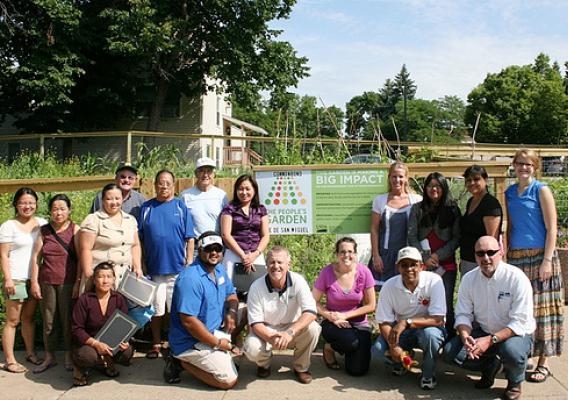Puerto Rico’s agriculture has been steadily declining and imports total 85 percent of the food consumed on the island. Additionally, almost all of the $11 million per year that USDA purchases for use in Puerto Rico’s school meals are purchased from companies in the continental United States. What’s more, each year the island’s School Food Authority purchases about $80 million in food to be served in school. We saw these as opportunities for local farmers and decided to do something about it.
The Market Expansion Conference, held June 23-24 in San Juan, teamed seven U.S. Department of Agriculture (USDA) agencies and other Commonwealth and federal partners to show over 250 farmers how to sell food to local schools, expand their businesses and increase their participation in USDA programs. Puerto Rico’s milk farmers, cattle ranchers, pineapple growers and many others eagerly listened to USDA experts explain grading and licensing, and provide information in the areas of funding and procurement.










